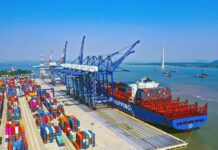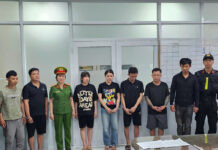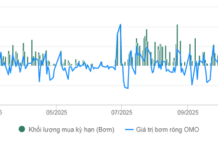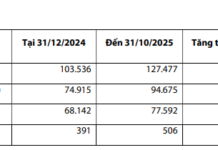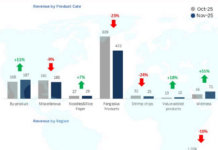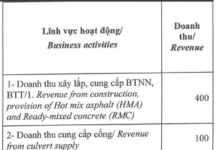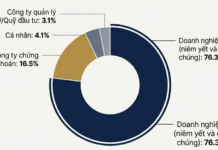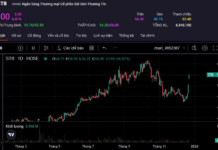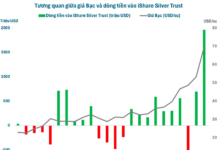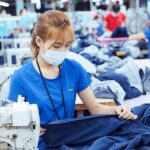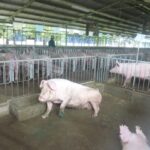
Prime Minister Pham Minh Chinh and Deputy Prime Minister Le Minh Khai chaired the conference. Photo: VGP
|
Speaking at the conference on the implementation of monetary policy tasks for 2024, focusing on removing difficulties for production and business, promoting economic growth and macroeconomic stability on the morning of March 14, Chairman of Vinatex said that all textile and garment enterprises have no difficulty in accessing credit when they have orders because having orders means making profits. However, in the past 18 months, the industry has faced difficulties in production of raw materials.
Specifically, the global textile industry is in deficit, not only in Vietnam. In 2022, access to capital was easy, but in 2023 it became more difficult, especially at the end of 2023 – beginning of 2024, when reviewing the credit limit for textile enterprises in 2024, it becomes extremely difficult.
According to Mr. Truong, currently, all banks have reduced credit limits for short-term loans to fiber companies or required 100% collateral for short-term loans in 2024. In 2023, the value of collateral for these loans only accounted for about 20%, but this year, it must be 100% or the policy of repaying 10 must be 8 or 9 to be able to borrow.
For the fiber group, currently, many units at joint stock commercial banks held by the state borrow about 7%, while joint stock commercial banks outside the state borrow about 9%. This is about interest rates and credit policies.
“Therefore, without the support of banks and the guidance of the Government and the Ministries, we may lose the fiber industry”, Mr. Truong affirmed. According to Mr. Truong, Vietnam’s fiber industry has 10 million tons of fibers, with about 6 billion USD worth of new investment and about 3 billion USD remaining. Currently, it is repaying the bank about 300 million USD each year.
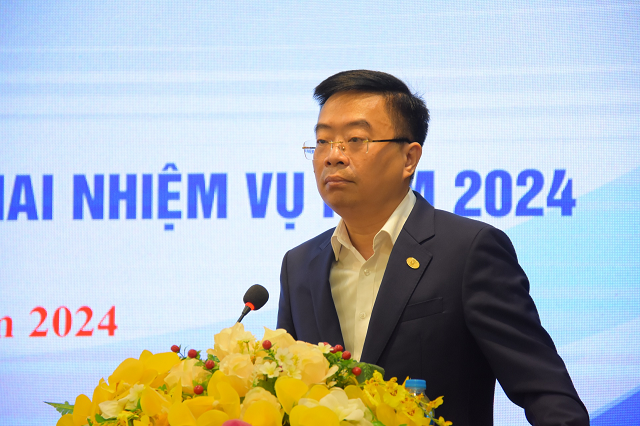
Mr. Le Tien Truong, Chairman of the Board of Directors of Vietnam Textile and Garment Group.
|
Chairman of Vinatex believes that if the credit limit is reduced, short-term security can be ensured, but in reality, long-term capital safety is lost because without production, there is no money to repay the previous long-term loan. Currently, the annual repayment is 300 million USD. Short-term affects long-term, but it is not necessarily a debt.
In addition, the fiber industry is also maintaining 150,000 laborers, with about 1 billion USD in wages for workers, especially the fiber industry uses a lot of electricity, paying about 500 million USD for electricity each year.
There are many districts like Dinh Quan district, Dong Nai, 60% of the revenue of Dinh Quan electricity industry comes from fiber factories. If the mobilization of capacity continues at a low rate, it will be very difficult.
Mr. Truong assessed that this is a global economic cycle story, all fiber enterprises are facing the same situation, so support for fiber enterprises in 2024 needs to continue, without reducing credit limits and without requiring fixed assets as collateral, in order to maintain their production and return to their mobilization rate.
According to Vinatex’s leaders, currently, interest rates are decreasing but disbursement is very difficult. On the other hand, the actual market in 2023 is much more difficult than in 2021 and 2022 because China has opened up and they are the world’s largest competing country. By December 2023, China’s report has only mobilized 60% of the textile and garment industry’s capacity, so they continue to support policies to increase this mobilization rate.
“The story of support policies like the COVID-19 period for this recovery phase is also very important for export sectors. And the final policy related to the exchange rate, with a 2-year period, the reduction is only 5%, so export sectors are facing many difficulties compared to other countries. We dare not say how much it should be reduced, but perhaps 5% is small and difficult for export sectors to recover”, Mr. Truong said.

